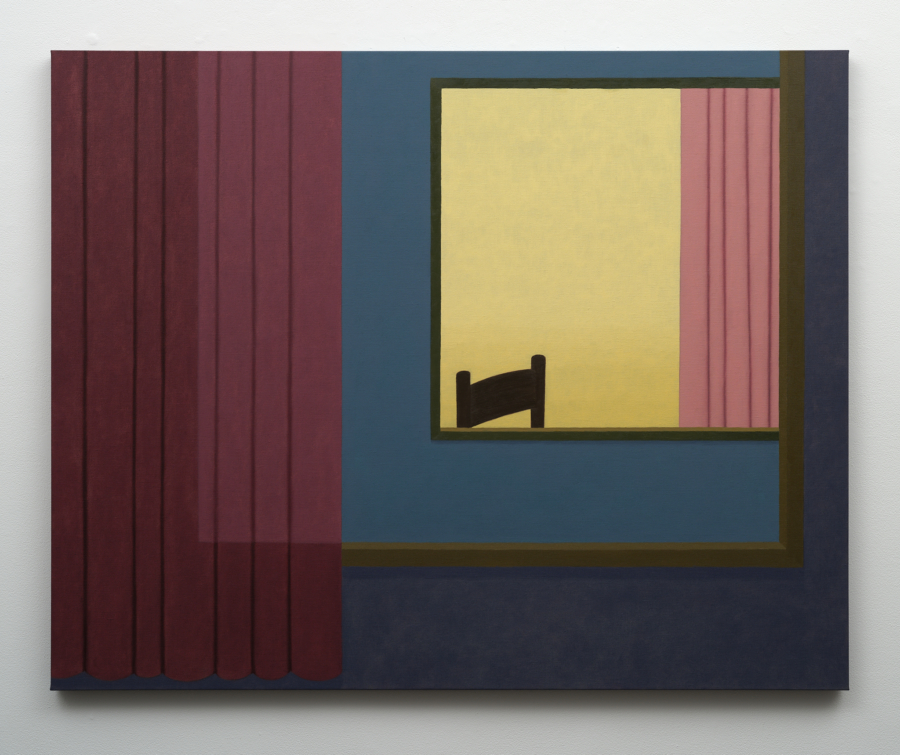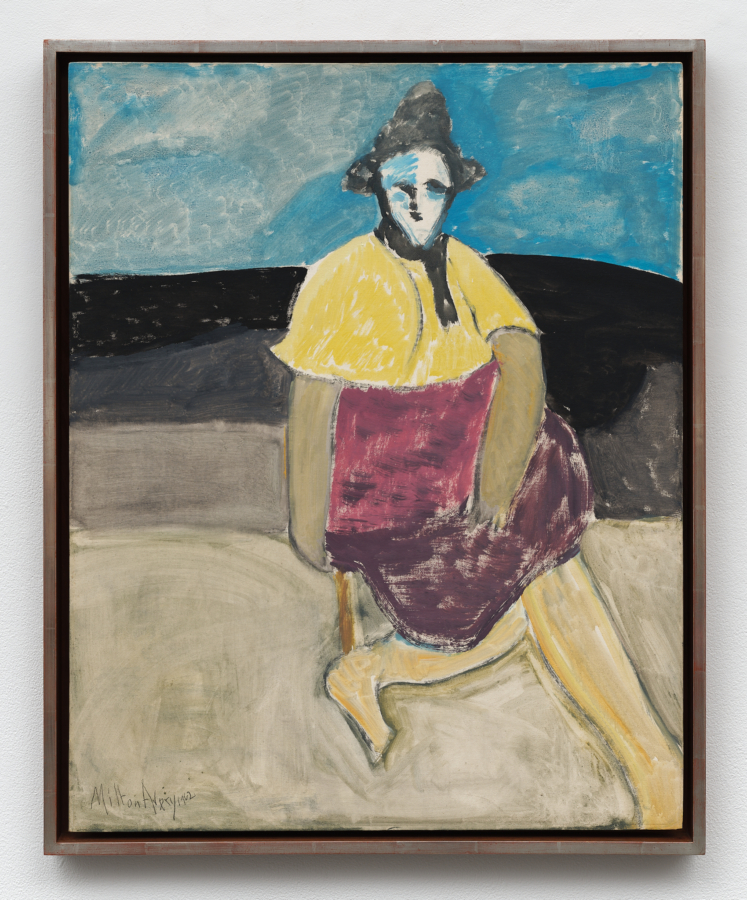Jane Dickson
Are We There Yet?
September 19–November 2, 2024
Opening reception: Thursday, September 19, 6–8 pm
Karma
7351 Santa Monica Boulevard
Los Angeles
Jane Dickson
Are We There Yet?
September 19–November 2, 2024
Opening reception: Thursday, September 19, 6–8 pm
Karma
7351 Santa Monica Boulevard
Los Angeles
Karma presents Are We There Yet?, the first survey of Jane Dickson’s highway paintings, open from September 19 to November 2, 2024, at 7351 Santa Monica Boulevard, Los Angeles.
Best known for illuminating the darker corners of New York’s Times Square, Dickson turned her attention in the mid-1990s to Los Angeles’s sprawling network of highways, an equally contested landscape and site of projected desire. This new focus flowed from Dickson’s contemplation of the challenges of motherhood and her departure from the neighborhood that had been her home and muse for years. These roads, highways, and parking lots, painted from her own photographs, are depicted variously in oil, acrylic, and oil stick on linen or Astroturf. Are We There Yet?, her first exhibition in Los Angeles in nearly twenty-five years, offers a selection of these paintings from the turn of the millennium through to the present day. Metaphorically and literally, these open roads are the connections between and conduits to the spaces of spectacular distraction—such as demolition derbies, casinos, and strip clubs—that recur in her oeuvre. The desires that animate Dickson’s Times Square also course through these concrete networks, which signify something or someone just out of reach, over the horizon line, but never show exactly where our impulses will lead. These paintings shed light on yet another shared, interstitial space that often escapes our attention. How much of our lives do we spend between destinations? Can the mythological promise of the road—the possibility of escape, of freedom—ever be fulfilled?
In 1997, two years before her stint in Los Angeles, Dickson initiated a series of paintings of single-family homes on carpet samples that speak to the loneliness and isolation hidden behind these emblems of the American dream. The oil-on-linen Road Trip paintings of 1999–2001, on display in the smaller gallery, contend with the same alienated feeling. Captured from behind the dashboard of a car, they put the viewer in the position of the driver, mimicking the semblance of control promised by capitalist individualism. Automobiles in the distance of Road Trip 2 (1999) affirm the presence of other motorists, yet the space between us and them, each of us snugly isolated in little metal boxes, is insurmountable. At the same time, these open roads promise an escape from everyday life into a lawless realm where desire rules. Road Trip 8 (2000), of an empty, perfectly flat two-lane road vanishing at the horizon line and a cloudless sky, suggests pure potentiality. The absence of other cars increases this false sense of freedom from constraints. As in all of her work, these paintings are haunted by the specter of the gaze. As Dickson wrote in 1996, “Sometimes I stare at passengers in other cars on the highway . . . they always feel it and turn to see who’s watching them. This is a primordial predator/prey response, to be watched is the prelude to being eaten.”
The larger gallery displays paintings on Astroturf made between 1999 and 2024. First used by Dickson when she began this series, Astroturf is one of the numerous nontraditional supports—carpet, vinyl, and felt among them—that the artist uses to soften the contours of her forms and intentionally slow down her process. The plastic grass operates as a metaphor for the contents of the paintings, in which nature and infrastructure meet at the horizon line to compete for dominance over the landscape. Dickson likens the texture of the material in these works to the blur of scenery viewed from a moving car. In Out of Here North 3 (2013), transmission towers disrupt a majestic orange sunset; in Out of Here Red Taillights, Snow (2009), the titular glow against a dark evening sky tints flurries of snow an otherworldly crimson. The scale of these works, some of which are nearly ten feet wide, overwhelm the viewer, inserting them directly into the middle of the scene. In her use of immersive size and vehicular subject matter, Dickson draws from the same well as Ed Ruscha and Alan D’Archangelo; unlike them, her focus is not on the iconic nature of signage and sharp, Pop-inflected forms but on the sublime amidst the industrial experienced by anyone who wants to get out of town. If, as Dickson once proposed, “the highway is a key to the American psyche,” these paintings are a key to her practice.



